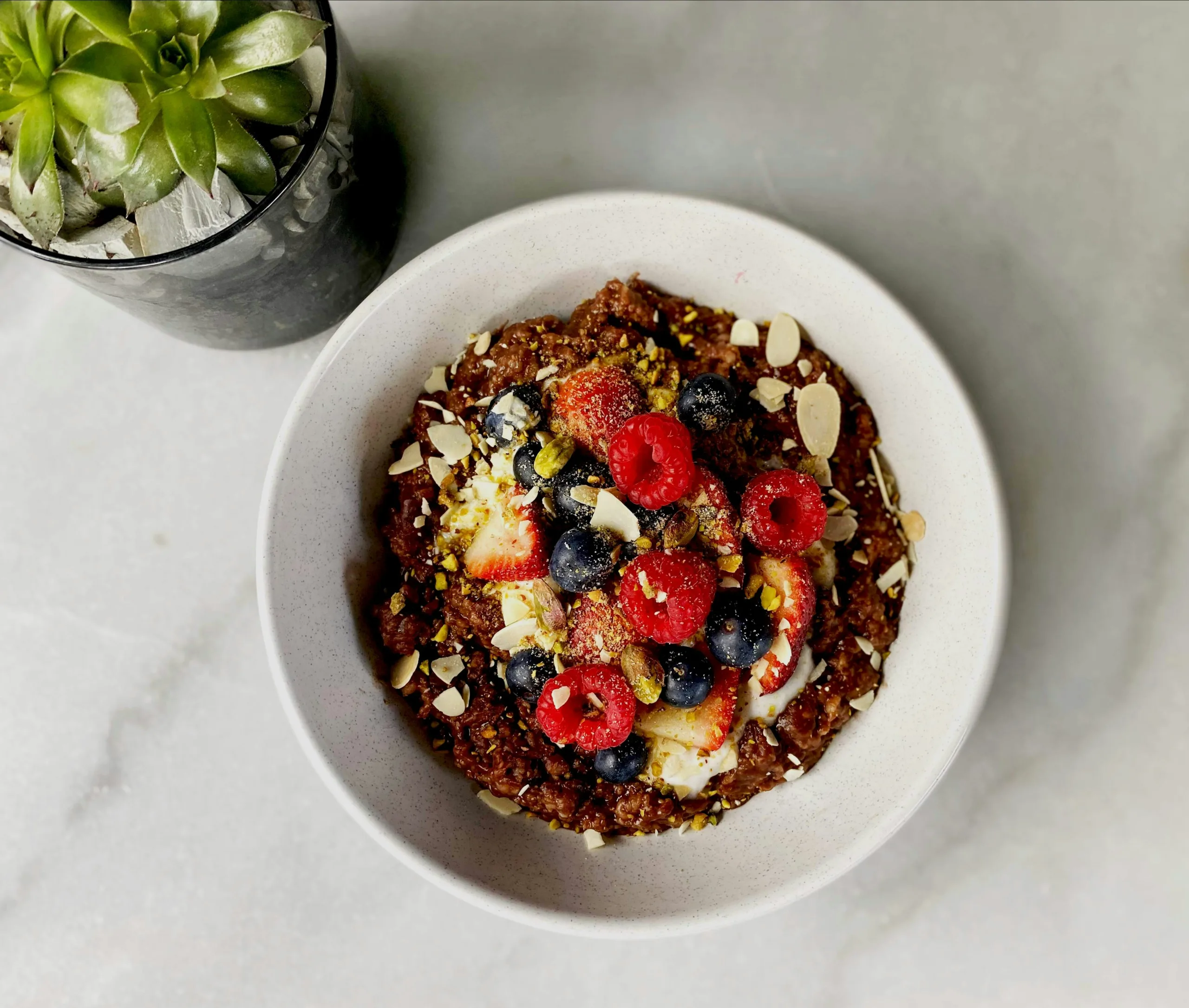Mold in your home is an easy problem to overlook—it likes to grow under living room upholstery, in damp kitchen corners, and behind bathroom fixtures. But, because it can cause various health problems, it’s wise to be aware of the best practices to prevent mold growth in your home.
What is Mold, and Why Does it Matter to Your Health?
Mold is a fungus that grows and spreads when mold spores come in contact with a damp surface. It is found primarily outside but can become a problem in your home if you’re not careful to keep your environment clean and dry.
Mold in your home can cause health issues like:
- Allergic reactions
- Asthma attacks for those with breathing issues
- Irritation of eyes, skin, nose, skin, throat, and lungs
- Sneezing, coughing, and wheezing
From there, repeated mold exposure can cause even more severe reactions and health implications.
Mold can enter your house through doors, windows, air vents, on your clothing and shoes, and when your pets move from outdoors to indoors. Here are a few tips to limit mold growth in your home.
3 Tips to Prevent Mold Growth In Your Home
1. Keep Your Home Well-Ventilated to Promote Air Circulation
One of the most effective ways to prevent mold growth is to keep your home well-ventilated. Open windows and doors to help air to circulate and keep humidity levels low.
Mold can also grow in a house with polluted air. To improve the air quality in your home, vacuum regularly and dust all surfaces to remove potential pollen and mold spores. You can also fill your space with air-purifying plants like snake plants, spider plants, English ivy, or aloe vera.
If you have a ventilation system in your home, make sure it’s working properly. A broken or malfunctioning ventilation system can contribute to mold growth, so have it checked regularly and repaired if necessary.
2. Avoid Moisture Build-Up
The most common cause of mold growth is moisture. So, stay on the lookout for growing patches of dirt-like matter in your bathroom, kitchen, laundry room, and basement, where water leakage is common. Take steps to prevent moisture in these areas by…
- Using an exhaust fan when cooking.
- Keeping the bathroom door open and using the ceiling fan when showering.
- Putting screens in all kitchen, bathroom, and laundry room windows so you can easily open them to promote airflow.
- Wiping down wet surfaces immediately and drying them off completely.
- Running a dehumidifier in your dampest home areas.
3. Keep Humidity Levels Below 50%
Mold thrives in humid environments, so it’s imperative to keep the humidity levels in your home below 50%.
One way to measure the humidity levels in your home is to use a humidity monitor. This device measures the amount of moisture in the air and will help you determine if you need to take steps to reduce the humidity levels.
There are several different types of humidity monitors available. Choose one that best suits your needs. Some humidity monitors plug into an outlet, while others are wireless and can go anywhere in your home. If you have a ventilation system, your HVAC technician can take a reading (or multiple readings) throughout your home to determine current humidity levels.
The ideal humidity level in your home is between 30% and 50%. If your home is measuring higher than that, try…
- Running a dehumidifier or air conditioner to help take some of the moisture out of the air.
- Drying laundry outside on a clothing line.
- Taking cool showers.
- Keeping gutters clean.
- Fixing leaky pipes, windows, and roofs.
- Opening windows and running fans to promote air circulation.
Pro tip: Move the monitor from room to room and keep a journal to track humidity levels in different parts of your house.
Moral of the story: Stay on the lookout for musty, earthy smells and growing patches of moisture and dirt-looking material on walls, carpets, tiles, and ceilings. Keep your home as cool and dry as possible, do everything you can to promote airflow, and be especially careful in wet places like your kitchen, bathroom, laundry room, and basement.
It is easy to get stuck thinking that health is only influenced by nutrition and perhaps, exercise. But, so much more plays into feeling your best and being your healthiest self. Improving the health of your home improves the health of your body and helps you live your most Nutritious Life.
(Image: Shutterstock)






























